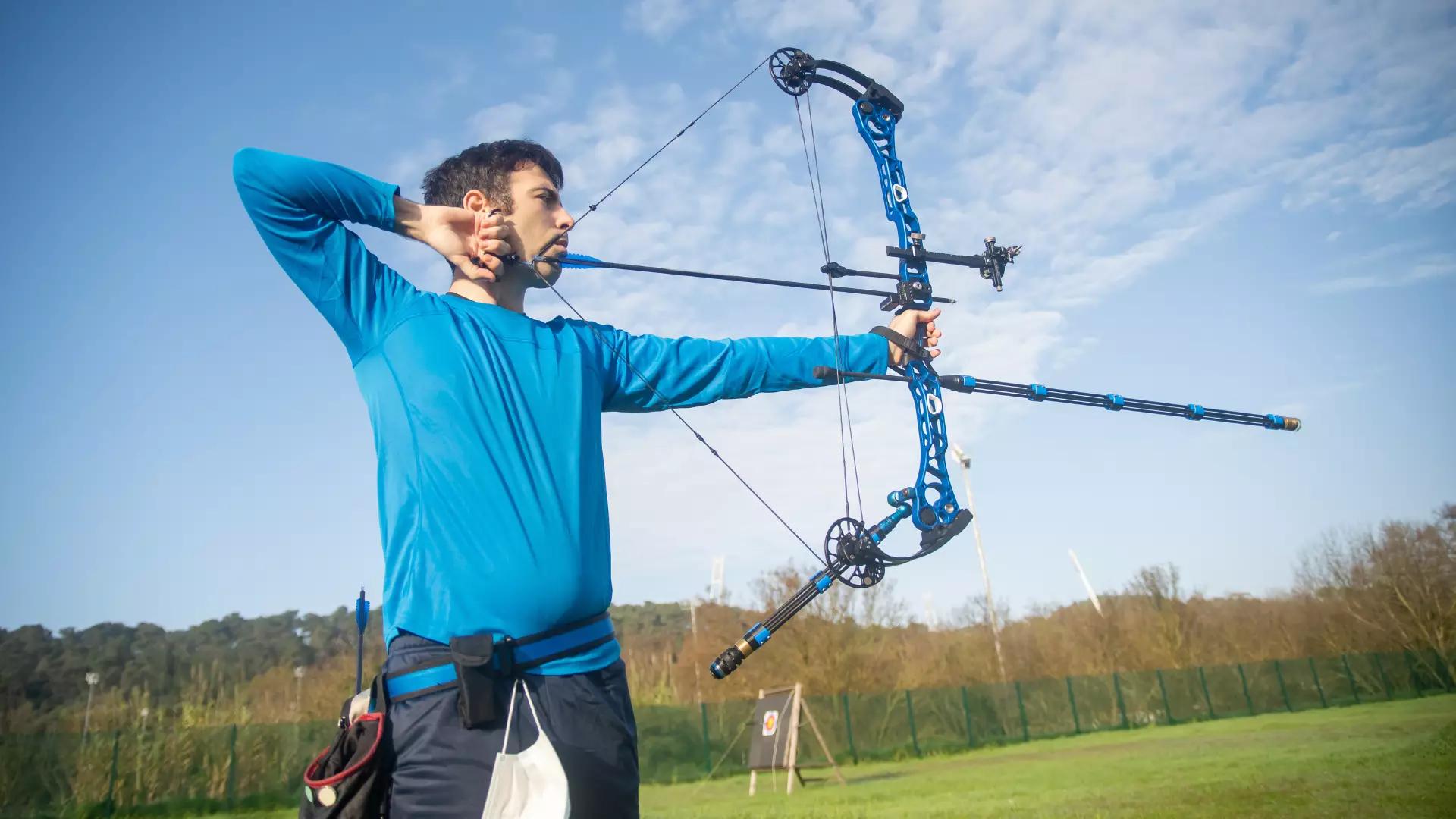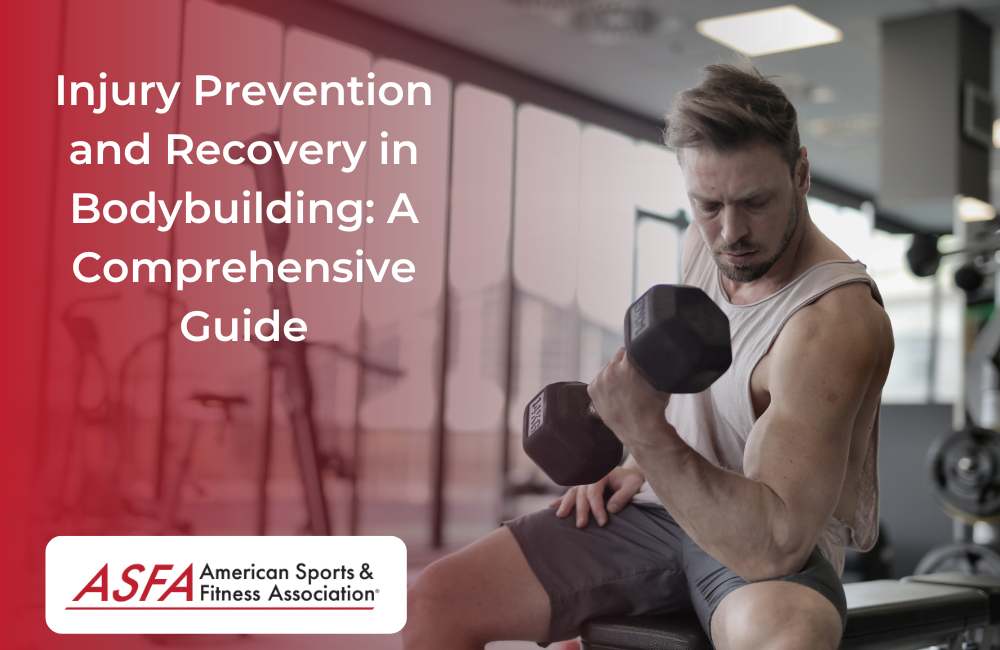
The Ultimate Archery Bow Buying Guide: Finding the Perfect Bow for Your Needs
Archery, an ancient pursuit, has experienced a modern renaissance, captivating millions with its blend of precision, skill, and the sheer satisfaction of a well-placed arrow. Whether you’re a seasoned archer looking for an upgrade or a complete beginner taking your first steps into this captivating world, choosing the right bow is paramount. This comprehensive guide will navigate you through the complexities of bow selection, helping you find the perfect match for your skill level, shooting style, and budget.
1. Understanding Bow Types:
Before diving into specific features, it’s crucial to understand the different types of archery bows available. Each type offers a unique balance of performance, draw weight, and suitability for various disciplines.
-
Recurve Bows: These are the most traditional and widely accessible bows. Their simple design, consisting of limbs that curve away from the archer when unstrung, makes them relatively easy to learn on. Recurve bows are popular for target archery, hunting (with specific modifications), and 3D archery. They offer a smooth draw cycle and are generally more forgiving for beginners.
-
Compound Bows: Characterized by their advanced cam and pulley system, compound bows significantly reduce the force required to hold the bow at full draw. This "let-off" feature allows archers to hold the bow steadily for longer periods, improving accuracy and reducing fatigue. Compound bows are the dominant choice for hunting, 3D archery, and competitive target archery due to their power and precision. They require more technical knowledge and setup.
-
Longbows: These traditional bows are characterized by their long length and simple construction. They are known for their smooth draw and powerful shot, but require significant strength and skill to master. Longbows are often associated with historical archery and traditional archery competitions.
-
Take-Down Bows: These bows are designed with detachable limbs, offering versatility and adjustability. The limbs can be swapped to change the bow’s draw weight, making them a great option for archers who anticipate changes in their strength or shooting needs. Take-down bows are commonly found in recurve and compound varieties.
2. Key Factors to Consider:
Once you’ve chosen a bow type, several crucial factors will determine the best bow for your specific needs:
-
Draw Weight: This refers to the force required to pull the bowstring back to full draw. Draw weight is measured in pounds (lbs) and is critically important. Beginners should start with a lower draw weight (20-30 lbs) to build strength and proper form. Increasing draw weight should be gradual and done under the guidance of an experienced archer or instructor.
-
Draw Length: This is the distance from the nock point (where the arrow rests on the string) to the archer’s anchor point (typically the corner of the mouth). An incorrect draw length can lead to discomfort, reduced accuracy, and potential injury. Proper draw length measurement should be done by a professional at an archery shop.
-
Axle-to-Axle Length: This measures the distance between the ends of the bow limbs. Shorter axle-to-axle lengths generally offer increased maneuverability and speed, while longer lengths often provide greater stability and forgiveness. The optimal length depends on the archer’s draw length and shooting style.
-
Brace Height: This is the distance between the bowstring and the grip when the bow is unstrung. Appropriate brace height is essential for proper arrow clearance and overall performance.
-
Let-Off (Compound Bows): This refers to the percentage of draw weight that is released at full draw. Higher let-off percentages (e.g., 80%) make holding the bow at full draw significantly easier.
-
Cam System (Compound Bows): Different cam systems influence the bow’s draw cycle and overall performance. The choice of cam system will depend on personal preference and shooting style.
-
Material: Bows are typically constructed from wood, fiberglass, carbon fiber, or aluminum alloys. Each material offers a unique combination of strength, durability, weight, and performance characteristics.
-
Accessories: Consider the necessary accessories, including arrows, a bow sight, a stabilizer, a release aid (for compound bows), and armguard. Investing in quality accessories is crucial for optimal performance and safety.
3. Choosing the Right Bow for Your Skill Level:
-
Beginner: A recurve bow with a low draw weight (20-30 lbs) is ideal for beginners. Focus on developing proper form and technique before considering higher draw weights or compound bows. A take-down recurve offers flexibility for future upgrades.
-
Intermediate: As your skills progress, you may consider increasing your draw weight or transitioning to a compound bow. Intermediate archers should prioritize bows that offer good balance and accuracy.
-
Advanced: Advanced archers often seek high-performance bows with advanced features, such as adjustable cams, stabilizers, and fine-tuning options. They often specialize in a particular archery discipline, dictating their bow choice.
4. Budget Considerations:
Archery equipment can range from budget-friendly to highly specialized and expensive. Beginners should start with an entry-level bow and accessories to avoid significant financial investment before confirming their commitment to the sport. As skills improve and preferences develop, investing in higher-quality equipment becomes more justifiable.
5. Where to Buy:
Purchasing a bow should ideally be done from a reputable archery shop or retailer. These shops often offer professional fitting services to ensure the bow is correctly matched to your draw length and other physical characteristics. They can also provide expert advice on choosing the right accessories and maintenance. Avoid purchasing bows from unknown online sellers without proper verification.
6. Maintenance and Care:
Regular maintenance is crucial for extending the lifespan and performance of your bow. Properly storing your bow in a dry environment, keeping it clean, and lubricating moving parts are essential for preventing damage and ensuring its continued accuracy. Seek professional guidance for any significant repairs or adjustments.
7. Trying Before Buying:
Before committing to a purchase, it is strongly recommended to try different bows at an archery range or shop. This will allow you to get a feel for different draw weights, draw lengths, and bow types to determine what feels comfortable and performs best for your individual needs.
Conclusion:
Choosing the right archery bow is a significant decision that will impact your enjoyment and success in the sport. By carefully considering the factors outlined in this guide, you can make an informed choice and embark on a rewarding journey into the world of archery. Remember to prioritize safety, proper technique, and the guidance of experienced archers or instructors to ensure a positive and fulfilling archery experience. Happy shooting!



